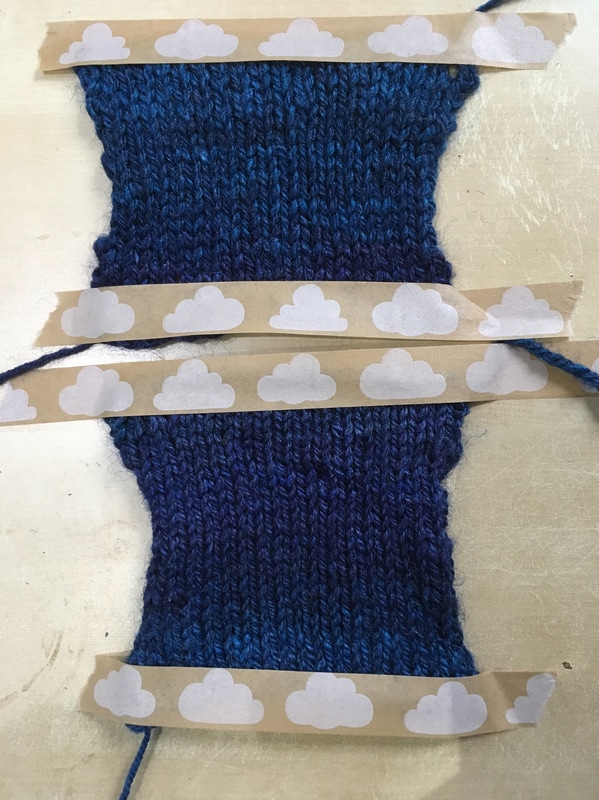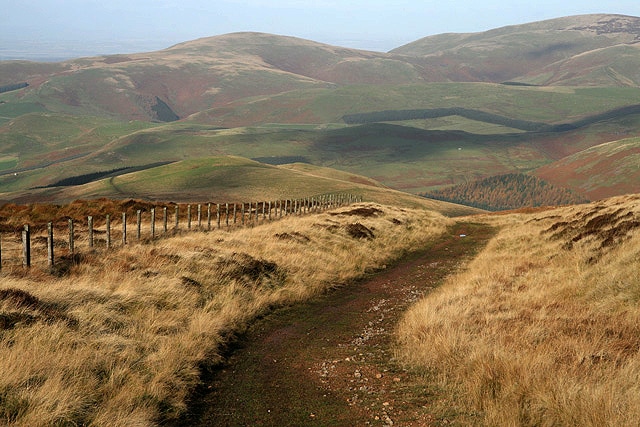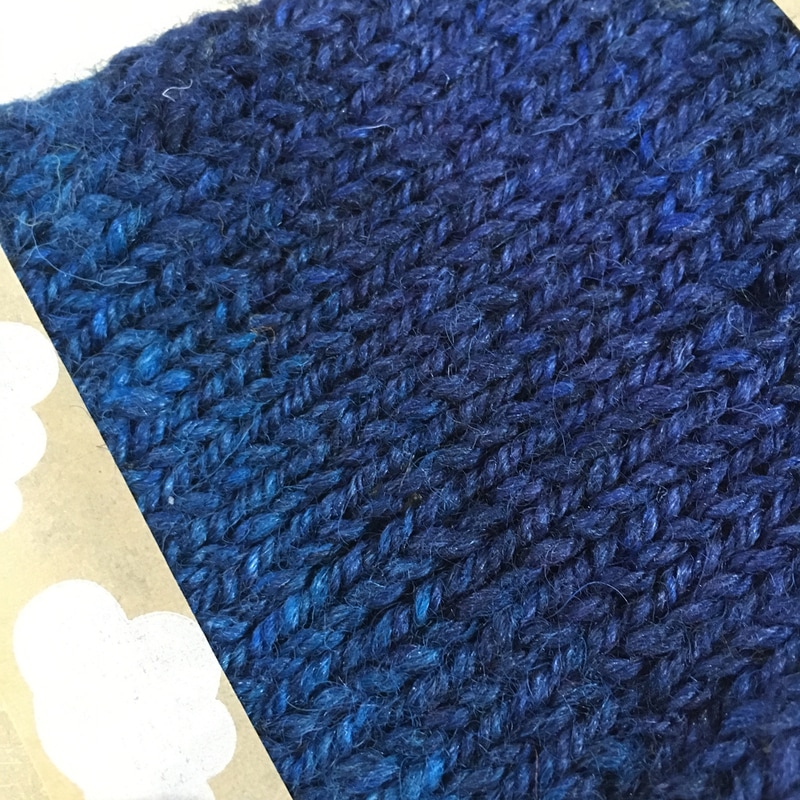|
Lots of people enter the world of spinning with the aim of spinning for socks...
Then they fall down the rabbit hole and discover just how many things go in to making a good sock yarn. Before you even get in to fibre choice, there's the issue of number of plies (more is better), wether to go classic 3-ply, or modern chain ply (tests seem to show there's very little difference), or even to use opposing plies. A good sock yarn needs to have bounce and memory. Otherwise the ribbing at the top bags out, and your socks fall down. It needs to withstand lots of friction, and needs to be able to put up with getting warm and damp. Those are of course conditions for felting. Some people are ok with their socks felting, which is fine providing that doesn't make them shrink. It also removes some of that elasticity. So I prefer a fibre that resists felting. If you want to go pure wool, then Southdown is a really good bet. It resists felting, and has great elasticity. However, it's not great at resisting abrasion. If you have rough feet, or rough patches in your footwear you will get holes. As well as Southdown I always used to offer a Superwash BFL & Nylon blend. This was great, because the superwash treatment resists felting, and it was hardwearing from the nylon. However, it was actually very similar to the Superwash BFL & Ramie base that I adore. So last summer I started experimenting. I still wanted a really machine-washable option (you can put Southdown in the machine, but I wanted a superwash treated fibre, that people could also use for garments). It also needed to be resist to abrasion, and have more bounce than the Superwash BFL.
And the final result... Two swatches. One went through a machine wash pinned to my jeans pocket. The other was unwashed. The stitches still move, and the size remained un-changed. It's a delight to dye as well.
I'm still using British wool, which was important to me. But it's slightly more coarse than BFL (but for your feet that's really not an issue), and is lovely and bouncy. You could still use this fibre for jumpers, cardigans, gloves and hats, it's definitely not Herdwick!
© Copyright Walter Baxter and licensed for reuse under this Creative Commons Licence
The Cheviot Hills are in the border area between Scotland and England, and remind me so much of my own bit of Wales.
By Cheviot_ewe_with_lamb.jpg: Donald Macleod from Stornoway, Scotlandderivative work: Coycan (Cheviot_ewe_with_lamb.jpg) [CC BY 2.0 (http://creativecommons.org/licenses/by/2.0)], via Wikimedia Commons
The sheep that live in the area are hardy, living on the hills all year round. They have a lovely bulky fleece, with a 3D crimp that makes the fibre bouncey, and hard wearing. The staple length is 4-5 inches, which makes it excellent for worsted spinning, just what you want from a sock yarn.
To add to the strength I've kept the nylon component. It really does help stop holes developing. To help with the dyeing, because Cheviot is a chalky fibre that can be a bit of a pain to hand dye, and to allow me to dye the eye-socking colours some love in their socks I've added some tussah silk. I did a small batch for the online shop a few weeks ago, and also had some for sale at Wonderwool. Thos braids flew off the shelves, so I've dyed another batch that will be in the shop at the start of next week. Comments are closed.
|
Archives
January 2024
Categories
All
|
Hilltop CloudHilltop Cloud- Spin Different
Beautiful fibre you'll love to work with. Established 2011 VAT Reg- 209 4066 19 Dugoed Bach, Mallwyd, Machynlleth,
Powys, SY20 9HR |





 RSS Feed
RSS Feed


